Given the transmission mechanism of the flu virus, doctors recommend wearing a mask to prevent influenza infection when in public places. But can wearing a mask alone prevent the flu?
According to information from the Ministry of Health, the Event-Based Surveillance System in Vietnam recorded information about the seasonal flu outbreak in Japan. Accordingly, data published (January 31, 2025) by the National Institute of Infectious Diseases of Japan, from September 2, 2024 to January 26, 2025, Japan recorded about 9.5 million cases of seasonal flu; of which, the last week of 2024 (from December 23 to 29, 2024) recorded more than 317,000 cases.
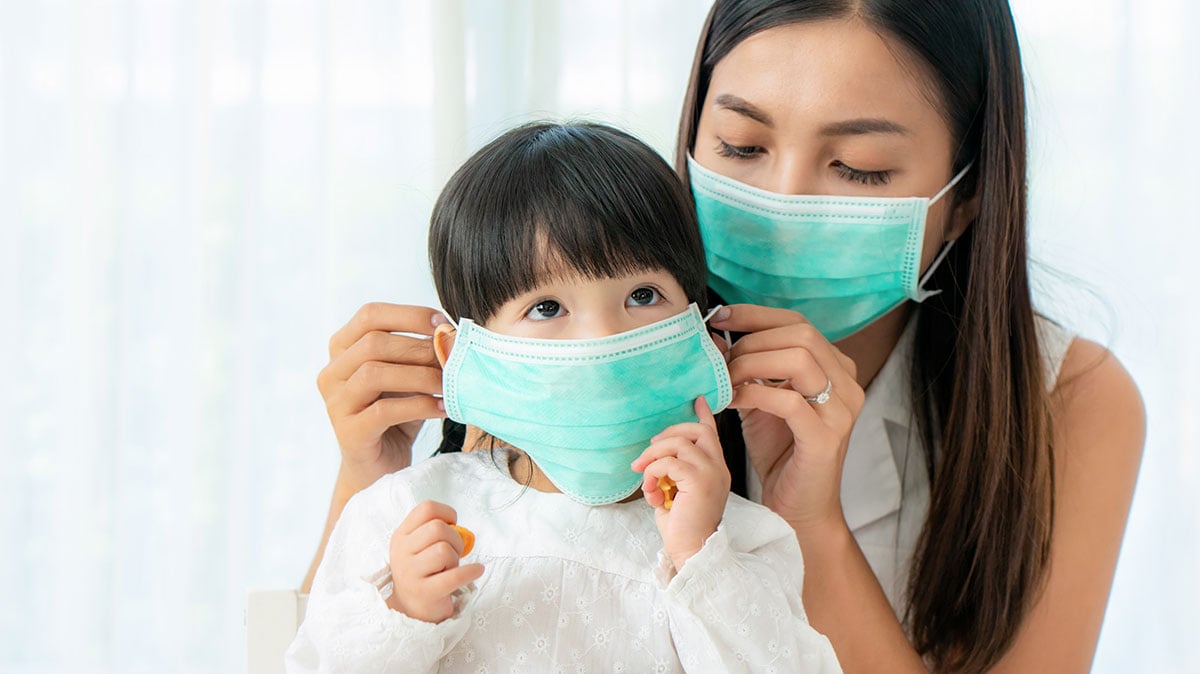
Tokyo, Hokkaido, Osaka and Fukuoka are densely populated areas with many tourist attractions and large crowds, and are the areas most affected by the current outbreak of seasonal influenza. The current outbreak of seasonal influenza in Japan is mainly caused by influenza A, but there is still a risk of an outbreak caused by influenza B.
Previously, according to information from the World Health Organization on January 7, 2025, in many countries in the Northern Hemisphere, acute respiratory diseases tend to increase seasonally at the end of the year due to respiratory pathogens such as seasonal influenza virus, RSV and other common viruses such as hMPV, mycoplasma pneumoniae.
According to the World Health Organization, the incidence of influenza-like illness (ILI) or acute respiratory infections (ARI) in several countries in the Northern Hemisphere increased in the last weeks of 2024 and exceeded the usual seasonal baseline.
Although everyone knows that wearing a mask and getting more rest can prevent and treat the flu, Japanese doctors especially remind people to be careful if they skip hand washing because masks can actually increase the risk of catching the flu.
Wearing a mask is a good habit but must be combined with hand washing and disinfection.
Dr. Nobuki Tomaru, director of the General Health Checkup Center of Heisei Yokohama Hospital in Japan, pointed out that in an Australian study published in early 2007, when comparing families with children diagnosed with influenza, the likelihood of illness in families using regular medical masks was actually 1.25 times higher than in families not wearing masks.
The US medical team then conducted a behavioral survey on this study and found that when people wore masks, they felt uncomfortable and within 3 hours, on average: Rubbed their eyes 7.4 times; Touched their nose 16 times; Adjusted their lips 24 times through the mask.
The flu viruses and bacteria on your hands will invisibly penetrate the body's mucous membranes. However, such behavior is often not noticed by the person himself, and outsiders will not pay special attention to it.
Wearing a mask and washing your hands can reduce your risk of getting the flu by 30-50%
In fact, if you wash your hands before putting on and taking off a mask, you can significantly reduce the risk of bacteria from your hands being contaminated with your face and entering the mucosal tissue, Dr. Higashimaru said. The United States also conducted a behavioral experiment on 1,437 people and found that compared to wearing a mask alone, which has no effect on preventing and treating influenza, if you wash your hands carefully, you can reduce the risk of influenza by 30-50%.
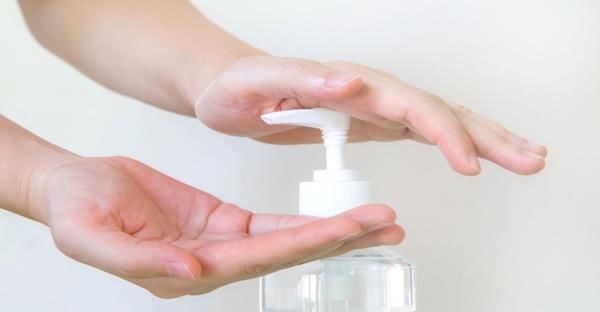
Japanese doctors recommend a quick hand washing method that is 100 times cleaner than the usual washing method.
According to a survey by the Tokyo Security Research Center, in addition to washing your hands when wearing and removing a mask, you should also remember to wash your hands regularly to kill bacteria, said Dr. Osamu Takahashi, director of the Shin Yuri Internal Medicine Clinic.
According to a bacterial survey conducted by the Tokyo Metropolitan Safety Research Center, the quick hand washing method can reduce the amount of bacteria on hands by 100 times compared to the normal hand washing method, making the fingers less likely to accumulate a large amount of viruses.
Quick hand washing method
First, wash your hands to lightly wet them, then use soap or a small amount of hand sanitizer to rub your palms, backs of hands, fingernails and wrists for 10 seconds.
Rinse under running water for 15 seconds.
Then repeat steps 1 and 2 again, spending a total of 50 seconds washing your hands. This can remove 100 times more germs on your hands than the traditional method of spending 30 seconds lathering and 15 seconds rinsing.
T. Linh
Source: https://giadinhonline.vn/deo-khau-trang-co-ngan-ngua-duoc-benh-cum-d204445.html


![[Photo] Children's smiles - hope after the earthquake disaster in Myanmar](https://vstatic.vietnam.vn/vietnam/resource/IMAGE/2025/4/14/9fc59328310d43839c4d369d08421cf3)
![[Photo] Touching images recreated at the program "Resources for Victory"](https://vstatic.vietnam.vn/vietnam/resource/IMAGE/2025/4/14/99863147ad274f01a9b208519ebc0dd2)
![[Photo] Opening of the 44th session of the National Assembly Standing Committee](https://vstatic.vietnam.vn/vietnam/resource/IMAGE/2025/4/14/03a1687d4f584352a4b7aa6aa0f73792)
![[Photo] General Secretary To Lam chairs the third meeting to review the implementation of Resolution No. 18-NQ/TW](https://vstatic.vietnam.vn/vietnam/resource/IMAGE/2025/4/14/10f646e55e8e4f3b8c9ae2e35705481d)


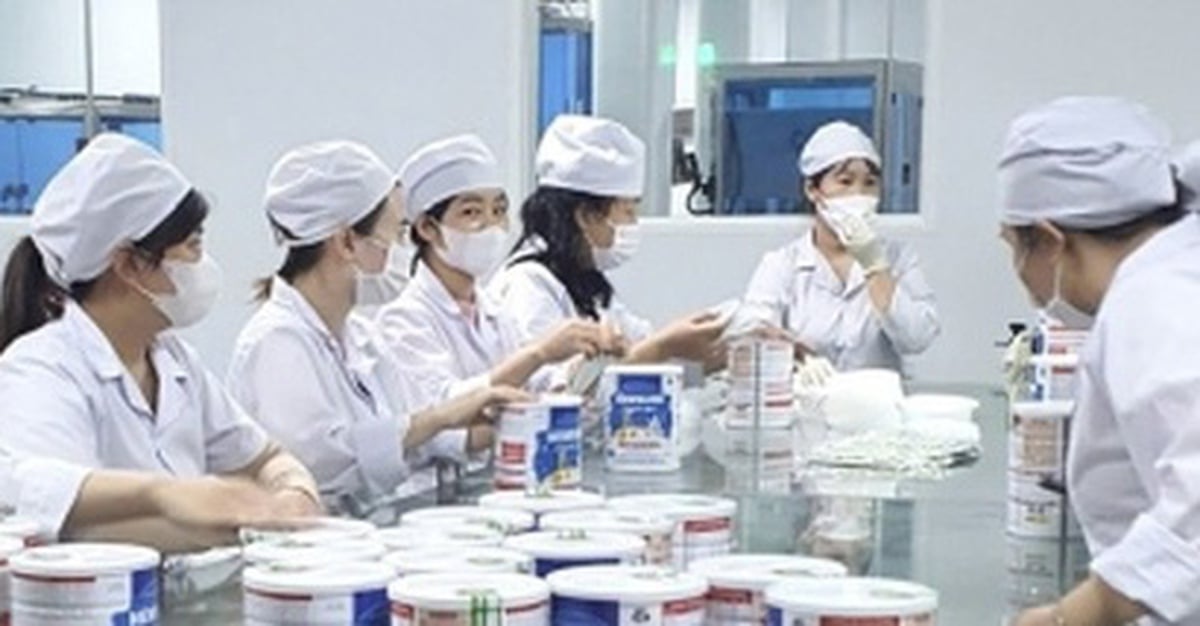
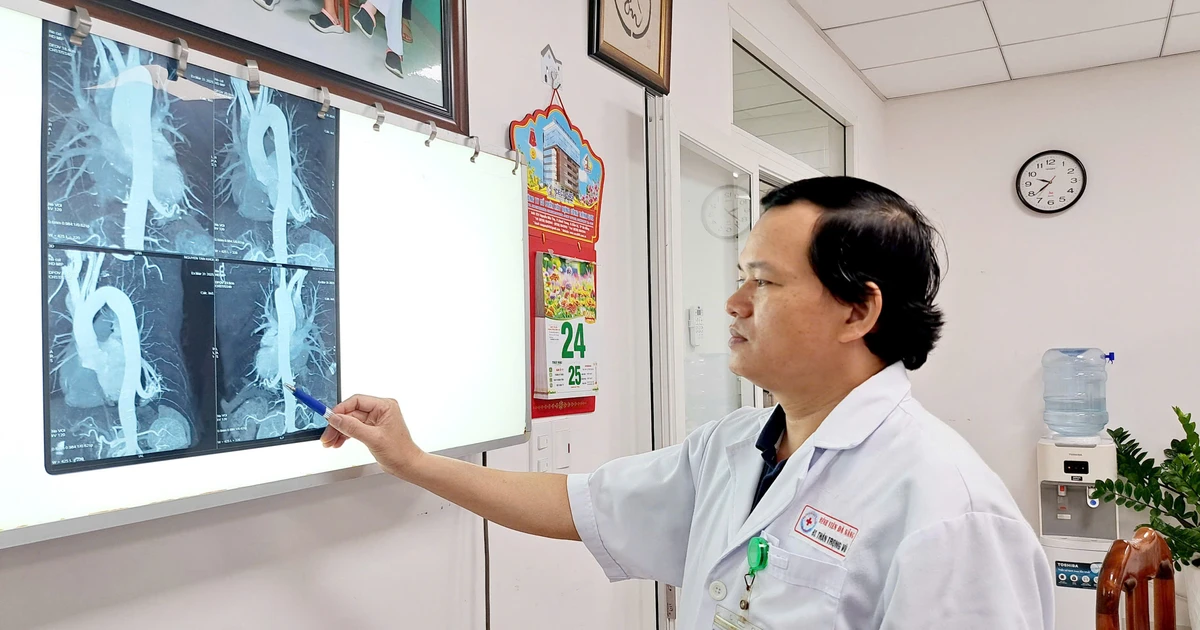



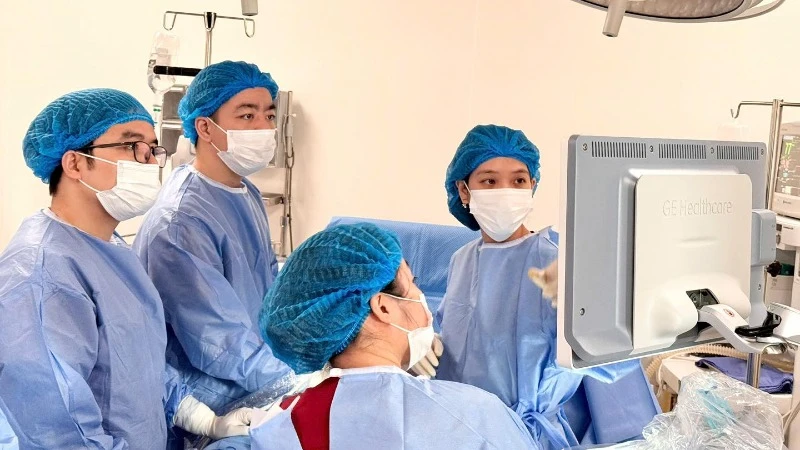


























































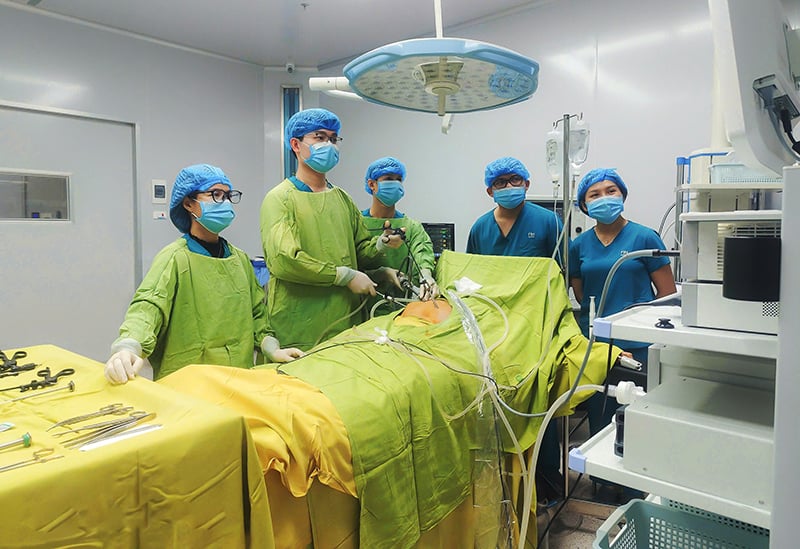


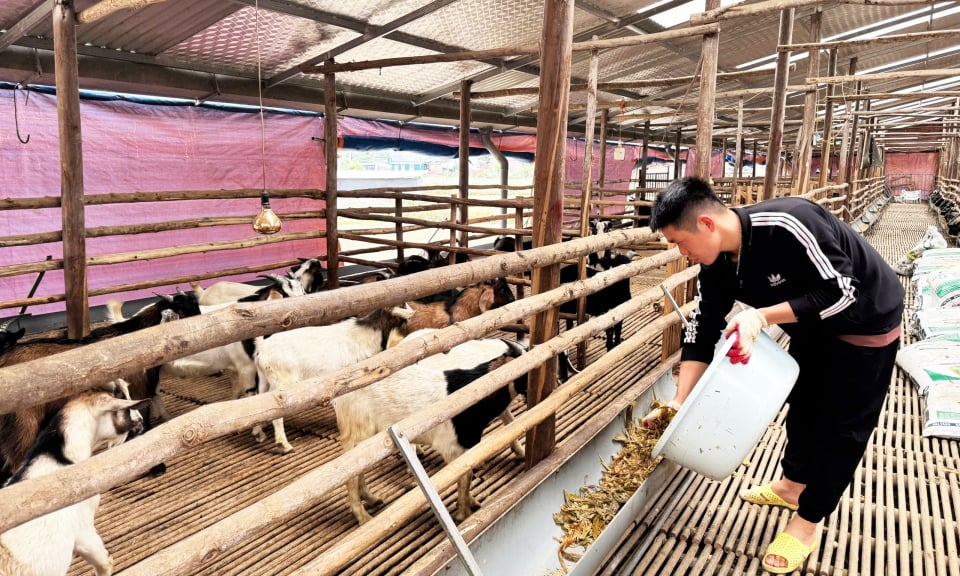









Comment (0)